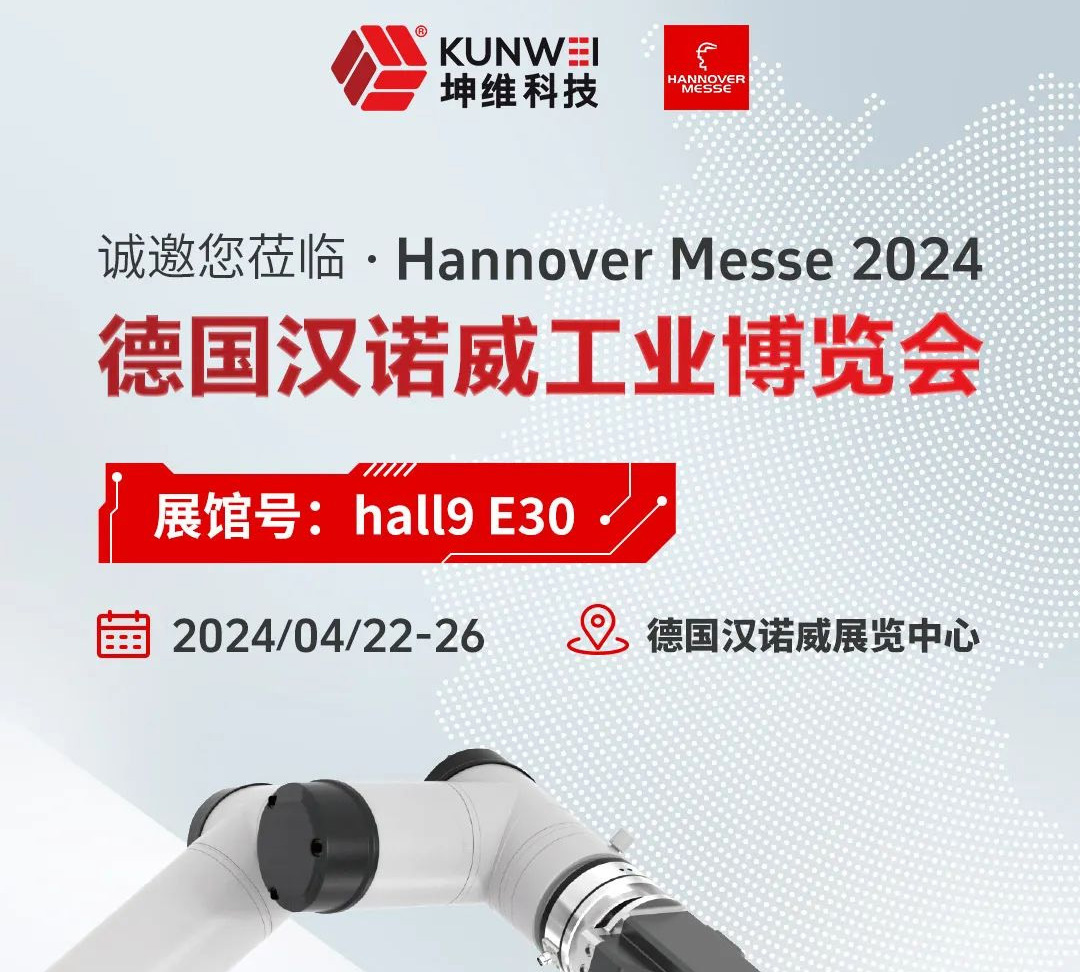Structural form selection of high-quality column-type alloy steel load cells
The choice of which structural form of high-quality column-type alloy steel weighing sensor mainly depends on the environment in which the weighing system is used and the structure of the scale body.
- Usage environment of weighing system
Sensors working in high-temperature environments must use high-temperature-resistant sensors. In particularly harsh situations, heat insulation, water cooling, or air cooling must be installed.
For use in alpine and cold areas, sensors with heating devices should be considered.
Sensors working in high-temperature environments must use high-temperature-resistant sensors. In particularly harsh situations, heat insulation, water cooling, or air cooling must be installed.
Effects of dust, humidity and corrosiveness:
Stainless steel series products are suitable for ambient humidity > 80% RH and other corrosive acids and ammonia; glue-sealed alloy steel products are suitable for ambient humidity < 65% RH, no water infiltration, and no other corrosive gases or liquids; welding Sealed series alloy steel products are suitable for ambient humidity <80%RH, smooth drainage, and no other corrosive gases and liquids; aluminum alloy series products are suitable for ambient humidity <65%RH, no water infiltration, and no other corrosive gases or liquids.
In overhead weighing systems, safety and overload protection should be considered.
In flammable and explosive environments, explosion-proof sensors or intrinsically safe sensors must be selected. The sealed outer cover of the explosion-proof sensor must not only consider its airtightness, but also the explosion-proof strength, as well as the waterproof, moisture-proof, and explosion-proof properties of the cable lead. wait.
- Scale body structural characteristics requirements
- Installation space of the carrier. In some places where installation space is limited, space restrictions must be considered when selecting high-quality column alloy steel load cells.
-
Easy to install and maintain. Regardless of the reliability of any equipment, installation and maintenance issues must be considered. In addition to considering the convenience of installation, you must also consider whether it is convenient to maintain during use and whether it is convenient to replace the sensor.
-
The influence of lateral force. When selecting a sensor, you must consider whether there is lateral force on the scale during use. High-quality columnar alloy steel load cells designed according to the principle of shear stress have a relatively strong ability to resist lateral forces, while high-quality columnar alloy steel load cells designed based on the principle of normal stress have a relatively weak ability to resist lateral forces.
-
Stiffness issues of the carrier, basic structure and auxiliary parts. The stiffness of these structures will directly affect the amount of deformation, thereby affecting the accuracy of measurement.
-
The effect of temperature on the scale body. For outdoor weighing systems with long carriers and large areas, such as truck scales, large tanks, etc., the expansion coefficient of the carrier must be considered.
Sensor quantity and range selection of high-quality column alloy steel load cells
- Selection of number of sensors
The selection of the number of sensors is based on the purpose of the weighing system and the number of points that the scale needs to support (the number of support points should be determined based on the principle of making the geometric center of gravity of the scale coincide with the actual center of gravity). Generally speaking, the number of sensors used when the scale body has several support points is selected.
- Selection of sensor range
The selection of the sensor range can be determined based on a comprehensive evaluation of factors such as the maximum weighing value of the scale, the number of sensors selected, the weight of the scale body, the maximum possible eccentric load and dynamic load. Theoretically, the closer the weighing value of the weighing system is to the rated capacity of the sensor, the higher the weighing accuracy will be. However, in actual use, due to the weight of the scale body, tare weight, vibration, impact, unbalanced load, etc. , so the principles of selecting sensor limits for different weighing systems are very different.
As a general rule, there are: scale body (scale platform, container, etc.) + material (load to be weighed) ≤ rated load of selected sensor × number of sensors equipped × 70%
Among them, 70% of the coefficient is added by considering factors such as vibration, impact, and eccentric load.
- It should be noted:
The rated capacity of the selected sensor should be consistent with the value in the manufacturer’s standard product series as much as possible. Otherwise, choosing a non-standard product will not only be expensive, but also difficult to replace if it is damaged.
In the same weighing system, it is not allowed to use sensors with different rated capacities, otherwise, the system will not work properly.
Sensor accuracy level selection
Accuracy level is an important performance indicator of the sensor, and it is an important link related to the measurement accuracy of the entire measurement system. The higher the accuracy level of the sensor, the more expensive it is. Therefore, the accuracy of the sensor only needs to meet the accuracy requirements of the entire measurement system, and there is no need to select it too high. The selection of sensor grade must meet the following two conditions:
- To meet the requirements of instrument input
That is, the output signal of the sensor must be greater than or equal to the input sensitivity value required by the instrument.
- Meet the accuracy requirements of the entire electronic scale
In addition to meeting the input requirements of the instrument, the high-quality column alloy steel load cell grade also needs to meet the accuracy requirements of the entire electronic scale.
Usually, an electronic scale consists of three parts: a scale body, a sensor, and an instrument. When selecting the accuracy of a high-quality column alloy steel load cell, the accuracy of a high-quality column alloy steel load cell should be slightly greater than the theoretical accuracy. Calculated value, but because the theory is generally restricted by objective conditions, for example, the strength of the scale body is poor, the performance of the instrument is not very good, the working environment of the scale is relatively harsh, etc., all directly affect the accuracy requirements of the scale. , so the requirements must be improved from all aspects, not only considering economic benefits, but also ensuring that the purpose of weighing is achieved.
When we choose a high-quality column-type alloy steel load cell, we should not blindly pursue its high quality. It is best to meet the needs of our own use. The same is true when choosing a high-quality column-type alloy steel load cell grade. Usually the higher the grade, the more expensive the price, so you have to consider it comprehensively.
<
p style=”margin: 0 auto 10px;text-align: center;border-bottom: 1px solid #dedede;padding-bottom: 10px;font-size: 20px;”>Related Products














